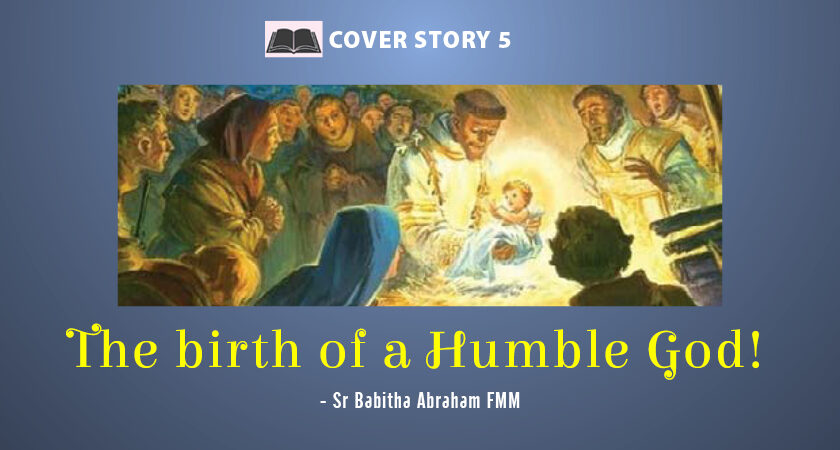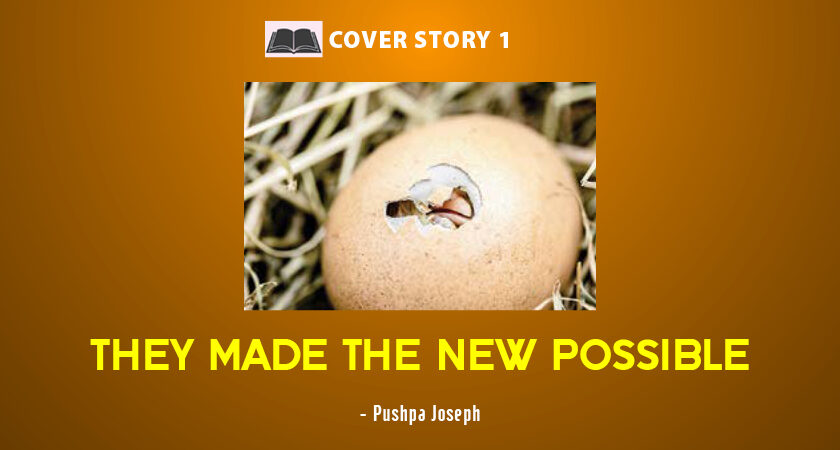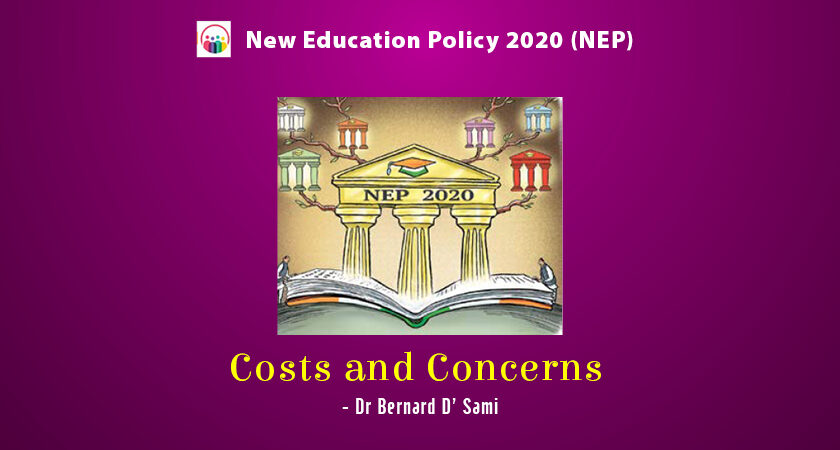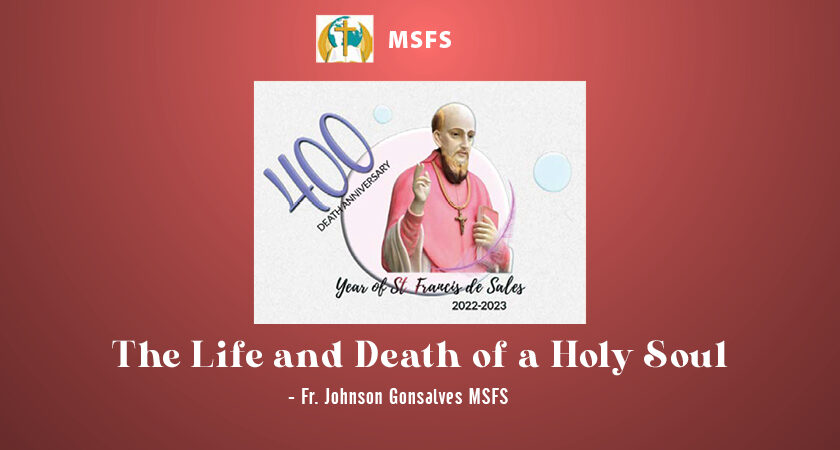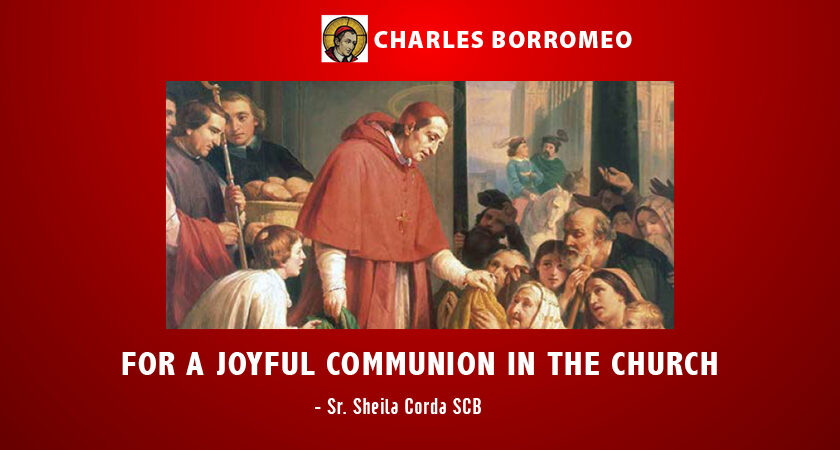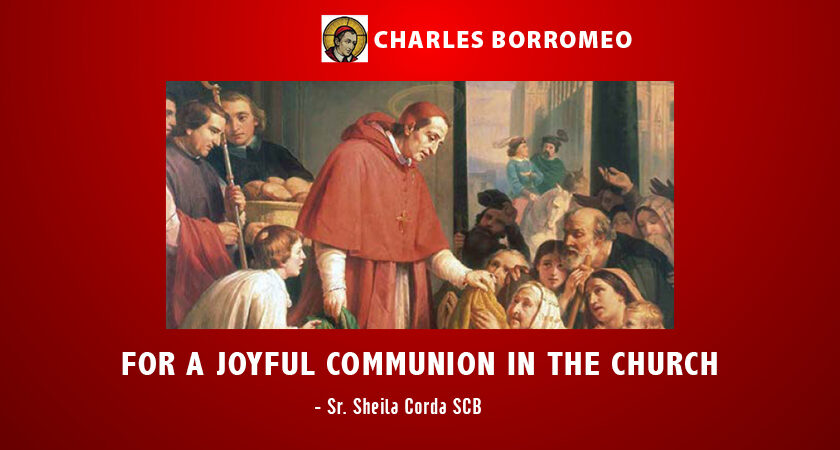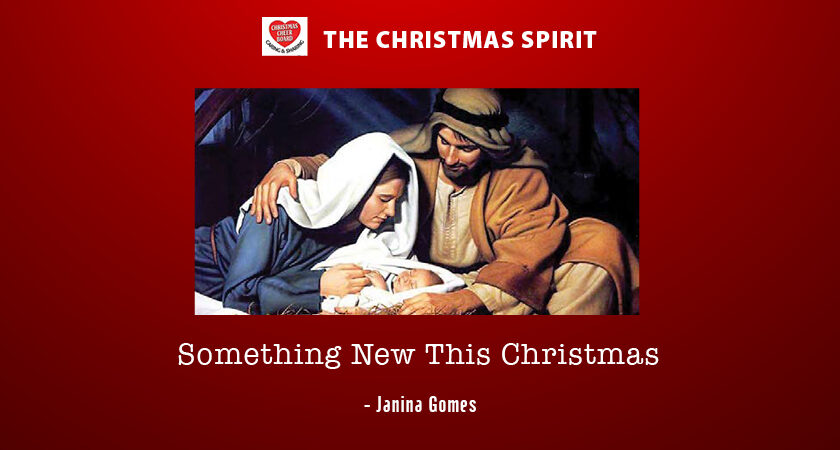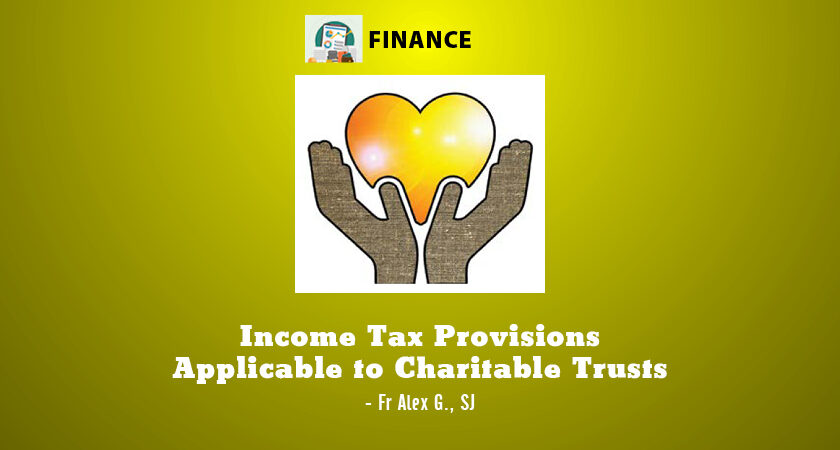St. Francis of Assisi was the first to create augmented reality of the Christmas event as he made the 4D Crib which the Franciscan history vouches was a living crib, wherein the Christ-Child came alive. It was the beginning, a beginning that set to flame the saga of many a Christmas event re-enacted in every believing heart.
The humus-effect—The Humility-Effect—of Jesus, is so overwhelming an experience that Francis of Assisi who had dwelt on it, became so Christ-intoxicated, hence a transformation so complete. Tradition says that the early Christmas Cribs were made with mud and clay. I am certain many of us who belong to a different generation, blissfully different a generation, have had some experience of actually creating the idols and figures from the clay and mud. The Second Adam who is the Creator of the first Adam decided to be born as a human being in extreme humility and poverty. A humble person is known to be down to earth. The word humility originated from the word humus which means soil, dark soil, fertile soil, earth etc. St. Francis saw the humility of God in the Christ Birth and the entire Jesus event. He marveled at the sublime humility of God – The humility of God in the Eucharist, and at every Christmas event celebrated in the shadow of the Cross.
The Christmas event, the greatest of all events marks the beginning of the God-Man, Jesus, teaching us the story of humility, the humility of a God who was born on the earth, down to earth to raise the down-trodden to heights. The path to Christ’s birth was not an easy one, no comfort was provided to the parents of the Divine Child. Jesus Himself from womb to tomb lived outside the comfort zone. It was humility in its highest superlative, life in its extreme margins lived by the Lord Himself, as an itinerant, barefoot traveler, preaching and reaching out.
Sr Babitha Abraham FMM
To read the entire article, click Subscribe
